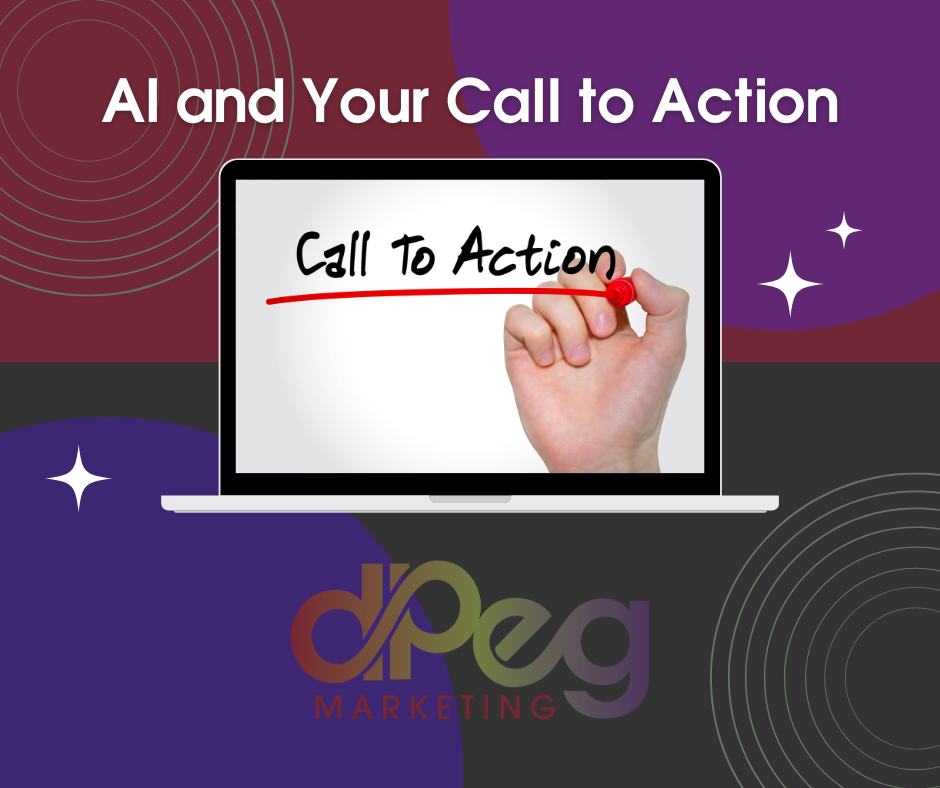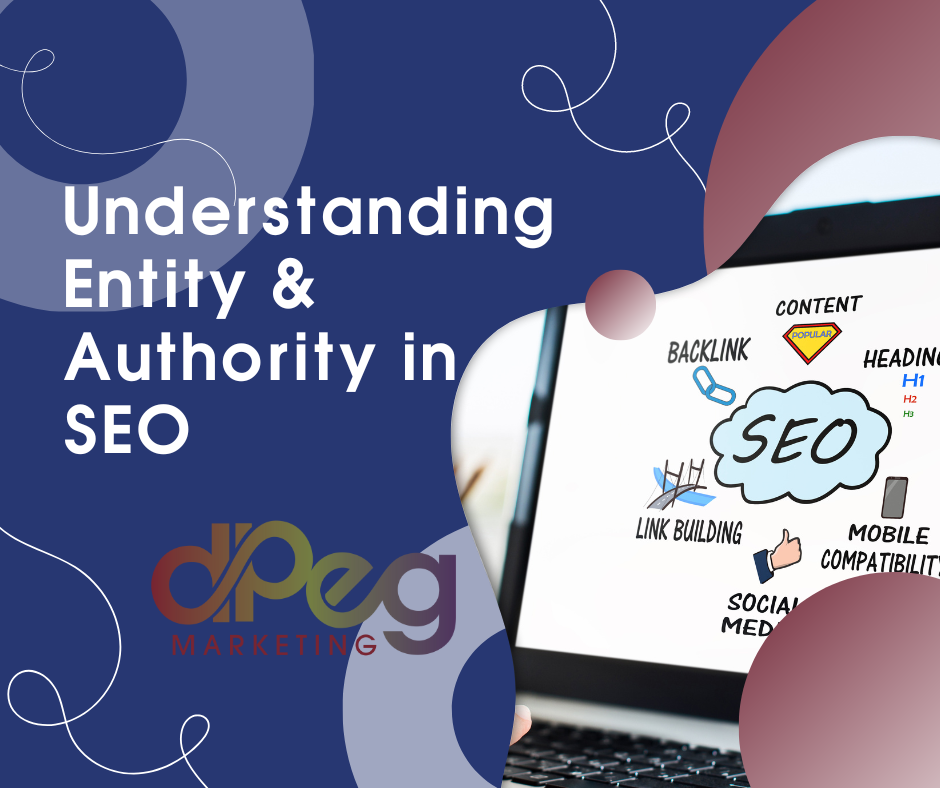I, for one, welcome my new AI overlords. Well, not exactly. But I also know that there’s no sense crying in our beer over artificial intelligence and learning how to work with it instead of against it. And that means part of our mission is to stay current on Google’s requirements for SEO, including how they’re combatting the over-use of AI-generated content for the call to action.
The call to action, as you know, is one of the most critical parts of web copy and content writing. It’s the direct ask. But Google is concerned that too many bots create vague calls to action that don’t point people in a safe direction. Here is what we need to know about these updates.
What is a Call to Action
A call to action, or CTA, on a website or blog, is a specific directive or prompt that encourages visitors to take a desired action. It is typically presented as a button, link, or statement designed to capture the audience’s attention and compel them to engage further with the website or blog. The purpose of a CTA is to guide visitors toward a specific goal, such as making a purchase, signing up for a newsletter, requesting a demo, or taking any other desired action that aligns with the website’s objectives.
CTAs are often strategically placed within a website or blog’s content, sidebar, header, or footer to maximize visibility. They use persuasive language and compelling design elements to create a sense of urgency or value, motivating visitors to click or interact with the CTA. They should use action verbs, such as “Buy Now,” “Sign Up,” “Download,” or “Learn More,” to indicate the action the visitor should take. These action words should be combined with precise language to showcase the outcome if they click. For example, “Download our eBook about craft beer today!”
How AI is Affecting SEO
Artificial intelligence significantly impacts search engine optimization by influencing how search engines operate and how websites are ranked and optimized. Some effects may be positive, but some challenge web developers and search engines.
For example, AI-powered algorithms, such as Google’s RankBrain, help search engines better understand the context and intent behind search queries. This enables search engines to provide more relevant and accurate search results, enhancing the user experience and increasing the importance of creating high-quality, relevant content. SEO professionals and website owners may struggle to keep up with algorithm updates and adjust their strategies accordingly. Sudden changes in rankings or fluctuations in search visibility can occur due to algorithm updates driven by AI, making it more challenging to maintain consistent organic search performance.
With the rise of voice assistants like Siri, Alexa, and Google Assistant, AI plays a crucial role in voice search optimization. Voice searches often have different characteristics than traditional text-based searches. AI algorithms help understand and interpret voice queries, making it essential for website owners to optimize their content for voice search by focusing on conversational language and long-tail keywords.
Natural Language Processing is also changing the way websites parse information. AI-powered NLP technology helps search engines comprehend and analyze the meaning of website content more effectively. This shift from keyword-based optimization to understanding the semantic meaning of content allows search engines to deliver more accurate results and improve the user experience. Website owners should consider creating high-quality, comprehensive content that provides value and addresses users’ needs.
When determining search rankings, AI algorithms may prioritize technical factors, such as page load speed, mobile-friendliness, and structured data. While these technical aspects are essential for user experience, an overemphasis on technical optimization can sometimes overshadow the quality and relevance of content. This can potentially lead to websites with strong technical SEO but lower-quality content achieving higher rankings than websites with more valuable content but weaker technical optimization.
How to Write an Effective CTA
When crafting an effective and specific call to action for a blog or website, consider the following steps:
- Be Clear and Action-Oriented
- Highlight the Value Proposition
- Create a Sense of Urgency
- Use Persuasive Design Elements
- Make it Relevant and Contextual
- Test and Optimize
It’s important to note that Google aims to enhance search results through AI by providing users with the most relevant and valuable content. However, the complex nature of AI algorithms can result in unintended consequences or occasional challenges for SEO practitioners. Despite these potential negatives, staying informed about algorithm updates, focusing on high-quality content creation, and adhering to SEO best practices can help mitigate any adverse effects and ensure optimal performance in search rankings.
Learn more about working with dpeg Marketing Company today!
dpeg Marketing Company has 3 spots open for website design in 2023. We partner with tiny house, agriculture, outdoor, brewing, equine businesses, and community organizations to help them grow. We can help you optimize your site and integrate the essential tools. You can build your reputation and be recognizable with the right systems.
Contact us for a FREE consultation by emailing teona@dpegmarketing.com or calling (828) 333-3816.











